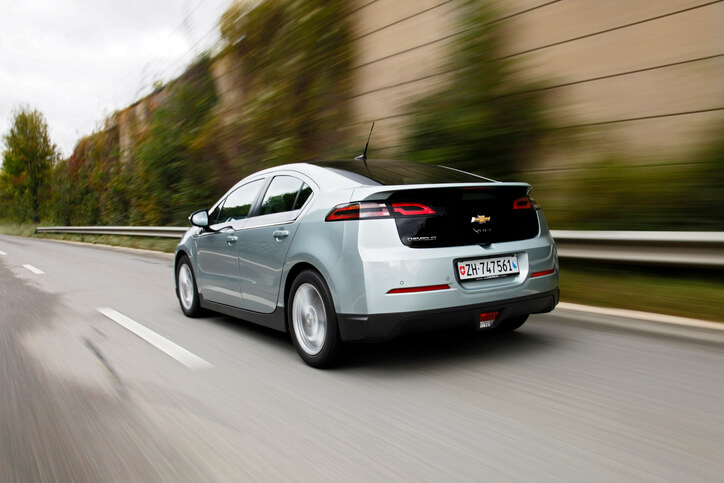Decoding EV Noise: What Mechanics Should Know About Electric Powertrain Sounds
Electric vehicles (EVs) may be quiet, but they’re far from silent. For those pursuing hybrid and electrical mechanic training, understanding what these new sounds mean is an essential skill. The subtle whirs, clicks, and inverter hums that replace the roar of an engine can reveal valuable information about a vehicle’s condition and performance.
The Role of Hybrid and Electrical Mechanic Training
Traditional engines hide many mechanical noises, but EVs bring them to the forefront. Without the rumble of combustion, sounds from gearboxes, pumps, and electrical systems are easier to detect. Recognizing which noises are normal and which signal a problem is a skill every modern technician should develop through proper hybrid and electrical mechanic training.
Common EV Sounds and What They Mean
1. Motor and Inverter Whine
A steady rising and falling whine during acceleration or deceleration is one of the most common EV sounds. This comes from the electric motor and inverter, where high-frequency vibrations occur as current switches rapidly. A consistent, smooth whine is normal, but a sudden change in pitch or volume may indicate worn bearings or inverter issues.
2. Regenerative Braking Hums
During braking, the motor reverses its role to generate electricity and recharge the battery. This regenerative process often produces a gentle hum. If the noise becomes harsh or grinding, it could point to rust buildup on friction brakes, which happens when regenerative braking reduces physical brake use.

3. Pedestrian Alert Sounds
At low speeds, EVs emit external warning tones to alert pedestrians. These manufactured sounds vary by brand, from soft whooshes to futuristic hums. Hybrid and electrical mechanic training graduates learn that these are safety features, not faults. If an EV fails to produce its low-speed alert, the issue may lie with the speaker or control system.
4. Clicks, Clunks, and Buzzes
A single clunk at startup is often the high-voltage contactor connecting the battery to the drivetrain, which is normal. Gentle buzzing from brake pumps or cooling fans is also expected as systems pressurize or manage heat. Continuous or loud noises, however, may suggest a failing pump or a loose mount that needs attention.

Using Sound as a Diagnostic Tool
Mechanics have always relied on sound to detect problems, from knocking rods to squealing belts. EVs require the same careful listening, just tuned to new kinds of noises. Knowing what a normal motor whine or inverter hum sounds like helps distinguish healthy operation from developing faults.
Customer education is also key. Many EV owners are unfamiliar with these new noises, so technicians who can confidently explain them build trust. For example, reassuring a driver that a “high-pitched acceleration sound” is normal inverter activity can prevent unnecessary concern and strengthen customer confidence.
To master this evolving field, technicians should develop their skills through electric vehicle maintenance courses. These programs teach safe handling of high-voltage systems, diagnostic listening techniques, and proper maintenance procedures for motors, batteries, and cooling components.
Preparing for the Future of Automotive Technology
The shift to electric vehicles is reshaping how mechanics work and listen. No longer filled with the roar of pistons, the modern shop hums with quieter sounds from inverters, motors, and regenerative systems. As EV technology advances, technicians who can interpret these sounds will stand out in the industry.
Listen, Learn, and Lead the Charge With Hybrid and Electrical Mechanic Training
EVs may hum instead of roar, but those quiet tones speak volumes. From the rise and fall of inverter whine to the low hum of regenerative braking, every sound has meaning. Mechanics who learn to interpret these noises gain an advantage in diagnosis, repair, and customer service. With the right training and curiosity, every technician can confidently decode the language of electric vehicles and thrive in the evolving automotive landscape.
Jump-start your future at an auto mechanic school.
Contact ATC Montreal today to learn more!


